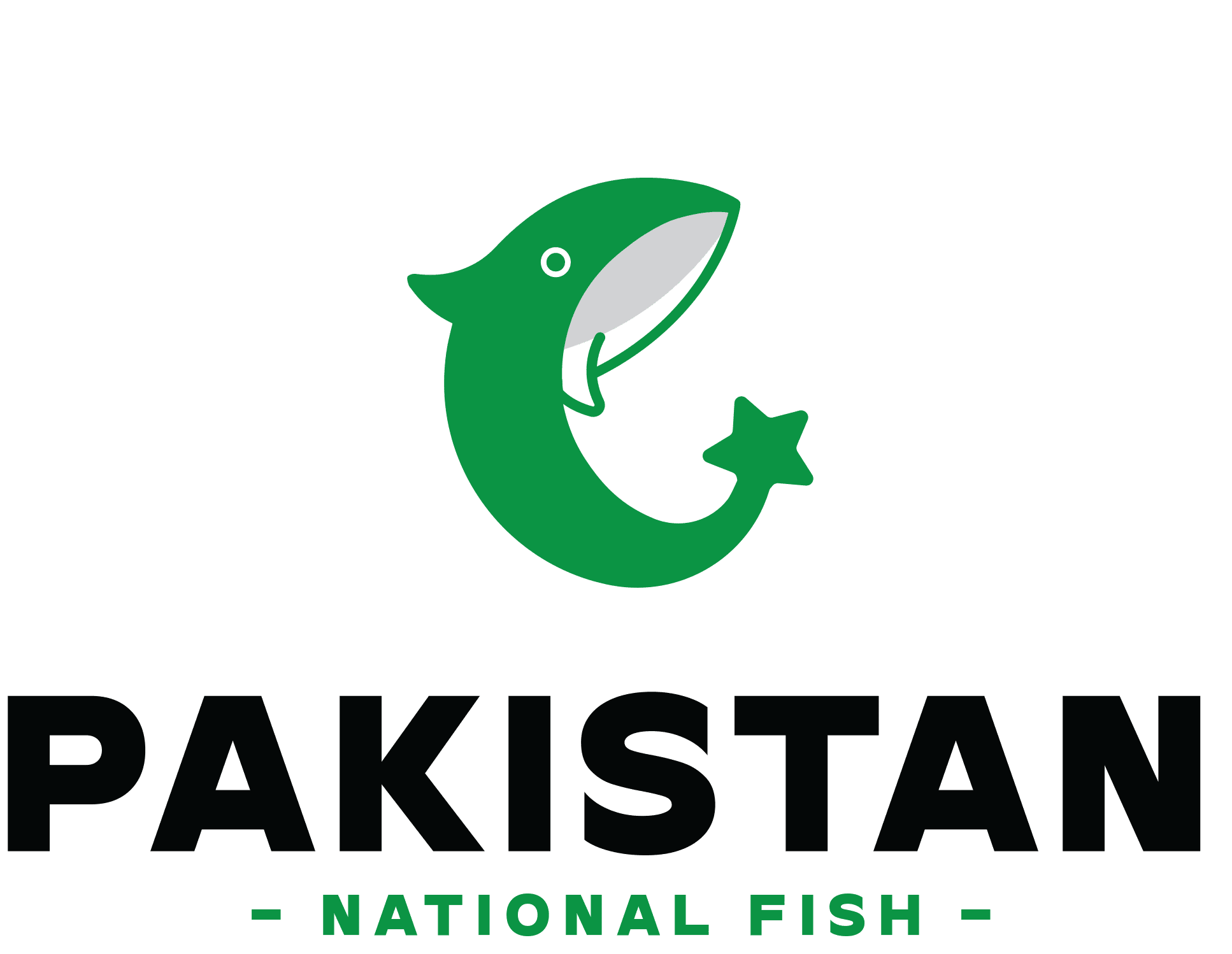Fish feeds are essential to both home and commercial aquaculture because they give farmed fish a healthy, balanced diet. Fish can feed properly and grow to their full potential because aquaculture feed is primarily in the form of pellets or granules, which provide healthy nutrition in a concentrated and stable form. Fish oil and fish meal are essential components of fish feeds. These are mixed with other essential elements like vitamins, minerals, cereal grains, and vegetable proteins to make granules or pellets.
In Pakistan, fish feed is a concoction of vital nutrients, appropriate for various types of fish and other species, including proteins, lipids, carbs, and vitamins and minerals. Since different fish need different kinds of feed, it’s critical to select the appropriate one for your fish.
The Main Types Of Fish Feed
1. Dry Fish Feed
- Pellet Feed: Fish can readily consume pellet feed, which is produced by mechanical compression and expelling. It reduces natural losses and gives fish a solid material with a predetermined size and texture.
- Flake Feed: Aquarium fish are often fed flake diets that contain binders like alginates, carrageenan, gelatin, and agar. The most popular technique in Pakistan is the twin drum drier, where nutritional value is affected by drying conditions and thickness adjustment. Sifting and grinding are necessary for flake feeds.
- Powdered Feed: The powder feed is to partially crush the input ingredients before uniformly blending them. There are four forms of powder in Pakistan, paste, minced, and dough due to the variations in water content. Fish fry, small fish, and fish that feed on plankton can all benefit from powdered feed.
2. Moist Fish Feed
Moist feeds are mixtures of wet and dry ingredients, typically ranging from 18-45% moisture, with no clear distinction between moist and wet feeds. Further types of moist feed are:
- Extruded Feed: An extruded feed is produced into a product like noodles by forcing it through thin holes in a special piece of equipment.
- Non-Extruded Feed: Non-extruded moist or wet meals can be as simple as unformed single ingredients (such as “trash” fish) or mixes of them, or they can be formed into cakes, balls, and pastes by technology (typically by hand).
Advantages Of Dry Fish Feed
A balanced diet that satisfies the unique nutritional needs of various fish species and life stages can be created using pelleted feed. When it comes to handling, storing, and transporting feed, pelleted feed is easier than live or powdered feed.
Compared to other feed types, pelleted meal often has less waste since fish are less inclined to scatter or feed selectively. Depending on the fish in Pakistan and their feeding habits, pellets can be designed to sink or float, enabling controlled feeding. Fish that are fed pelleted feed have a regular diet every feeding since it maintains their growth, shape, and nutritional makeup.
Advantages Of Moist Fish Feed
By increasing the digestibility of feed ingredients through extrusion, fish like King Mackerel, Mahseer and Salmon fish can more easily access nutrients, perhaps leading to an improvement in feed conversion ratios. Moist feed ensures constant feeding and growth rates in fish by providing uniformity in size, shape, and nutrient composition.
By enhancing texture, flavour, and scent, the extrusion process can improve the feed’s palatability and increase fish attraction. Because fish are less likely to disperse or feed the pellets selectively, extruded feed typically has less waste than other types of feed. Depending on the type and feeding habits of the fish, moist feed can be designed to sink or float, enabling controlled feeding.


